Posté par Centre Dominique-Vivant Denon, le 23 avril 2025;
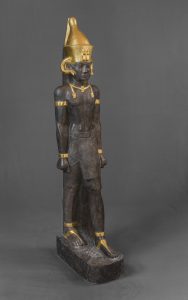
Journée d’étude du département des Antiquités égyptiennes consacrée à la recherche archéologique au Soudan
Avec le soutien de Sorbonne Université
Autour de Salah Eldin Mohamed Ahmed, ancien directeur des fouilles à la National Corporation for Antiquities and Museums du Soudan, le département des Antiquités égyptiennes organise une journée d’étude consacrée à un aspect bien particulier et spectaculaire de la recherche archéologique au Soudan. En plusieurs sites antiques du Soudan, Djebel Barkal, Doukki Gel et Dangeil, de la troisième cataracte du Nil à son confluent avec l’Atbara, les archéologues ont progressivement mis au jour les . . . → En lire plus
Posté par Centre Dominique-Vivant Denon, le 24 janvier 2025;
- Date et lieu du colloque : 11-12 février, Paris, Musée du Louvre (Centre Denon) et Bibliothèque nationale
 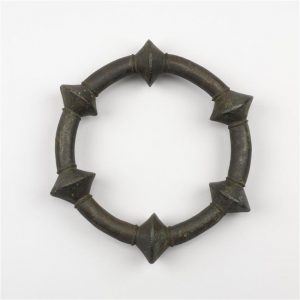
Les collections étrusques en France
Les musées français conservent de nombreux et importants objets provenant d’Étrurie et des autres régions de l’Italie pré-romaine. L’acquisition d’objets étrusques et italiques résulte aussi bien de la curiosité de voyageurs et archéologues occasionnels que de la passion de grands collectionneurs, en particulier au XIXe siècle, qui ont chacun à leur manière contribué à définir progressivement les spécificités des cultures matérielles étrusque et italiques par rapport aux productions grecques et romaines. Le colloque entend dresser un panorama de . . . → En lire plus
Posté par INHA, le 28 mars 2019;
- Date et lieu : 12 avril 2019, Paris
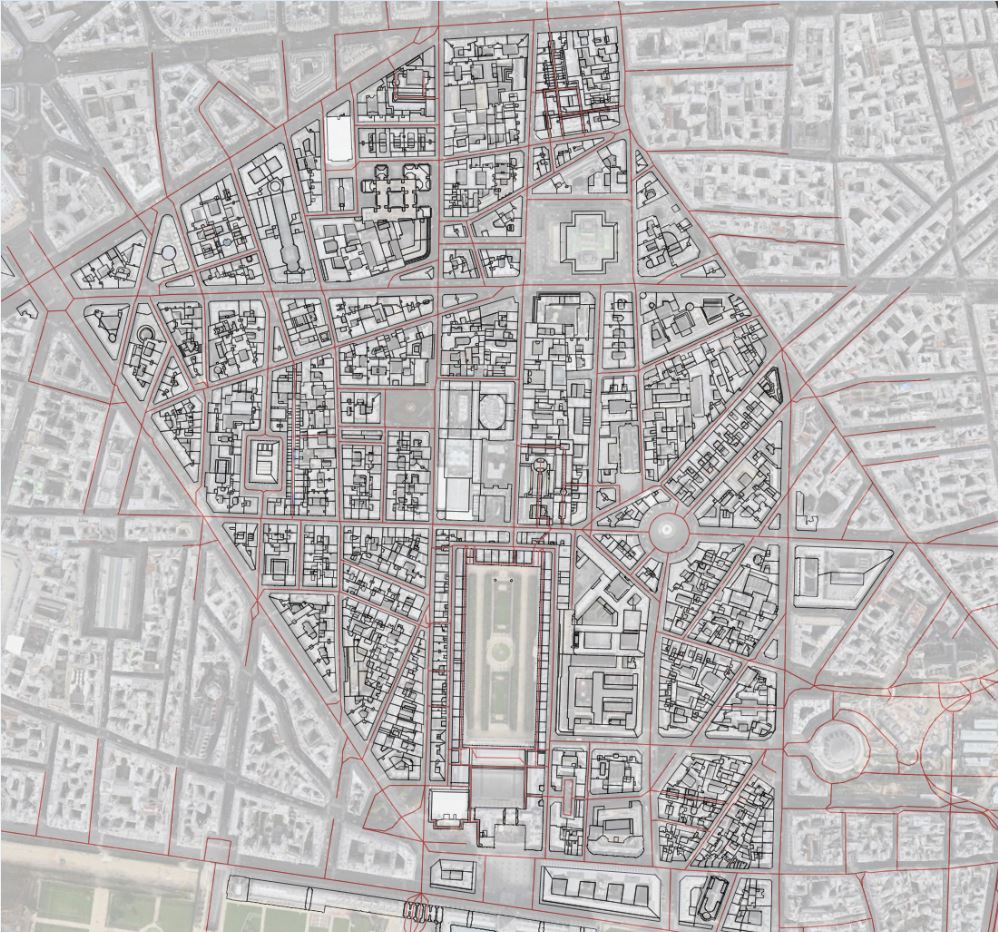
Non loin du quartier Richelieu, le quartier du Louvre partage avec lui quelques-uns de ses illustres acteurs ou de ses fonctions. Mais ce centre politique et artistique majeur de Paris, dont les rues, dominées par les murs du palais, ont desservi des hôtels particuliers mais aussi des édifices religieux, des hospices, des ateliers ou des maisons bourgeoises, n’a pas subsisté et fut détruit à mesure que s’agrandissait sa raison d’être : le Louvre. Aussi son étude, sur plus de sept siècles, depuis sa naissance jusqu’à sa disparition, ne peut s’appuyer sur des institutions ou du bâti existants mais repose sur le croisement d’études historiques (à travers . . . → En lire plus
Posté par Pascale Dubus, le 7 janvier 2013;
- Date limite : 15 janvier 2013
- Date et lieu du colloque : 5 juillet 2013, Londres, The Wallace Collection.
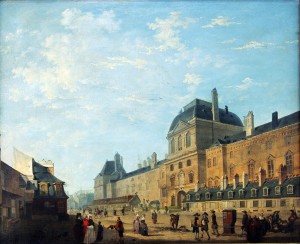 Now one of the world’s best-known museums, the Louvre was once a vast artistic and cultural centre of a different kind. ‘The Louvre before the Louvre’ will delve into the fascinating but little known period of the Louvre’s history from 1643 to 1793, exploring the role this space played in the histories of art production and artistic sociability in early modern Paris. Now one of the world’s best-known museums, the Louvre was once a vast artistic and cultural centre of a different kind. ‘The Louvre before the Louvre’ will delve into the fascinating but little known period of the Louvre’s history from 1643 to 1793, exploring the role this space played in the histories of art production and artistic sociability in early modern Paris.
Even before Louis XIV moved the Court from the Louvre to Versailles in 1682, the Louvre had already become the centre of artistic, creative, and intellectual energy in Paris. Artists and artisans . . . → En lire plus
Posté par Laëtitia Pierre, le 1 novembre 2012;
- Date et lieu : London, The Wallace Collection, July 05, 2013
- Date limite : 15 janvier 2013
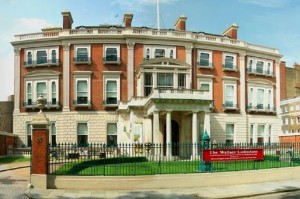 Now one of the world’s best-known museums, the Louvre was once a vast artistic and cultural centre of a different kind. ‘The Louvre before the Louvre’ will delve into the fascinating but little known period of the Louvre’s history from 1643 to 1793, exploring the role this space played in the histories of art production and artistic sociability in early modern Paris. Now one of the world’s best-known museums, the Louvre was once a vast artistic and cultural centre of a different kind. ‘The Louvre before the Louvre’ will delve into the fascinating but little known period of the Louvre’s history from 1643 to 1793, exploring the role this space played in the histories of art production and artistic sociability in early modern Paris.
Even before Louis XIV moved the Court from the Louvre to Versailles in 1682, the Louvre had already become the centre of artistic, creative, and intellectual energy in Paris. Artists and artisans of all trades – from watch-makers to history painters – were given lodgings and studio space . . . → En lire plus
|
Équipe Rédacteur en chef : Olivier Bonfait.
Rédacteurs : Elliot Adam (Moyen Age) ; Nicolas Ballet (XX-XXIe siècles) ; Matthieu Fantoni (musées) ; Antonella Fenech Kroke (bourses) ; Vladimir Nestorov (Lettre mensuelle)
Administrateur web : Matthieu Lett.
ancien éditeur : Pascale Dubus
anciens rédacteurs : Gautier Anceau, Sébastien Bontemps, Damien Bril ; Sébastien Chauffour ; Ludovic Jouvet ; Aude Prigot
|






